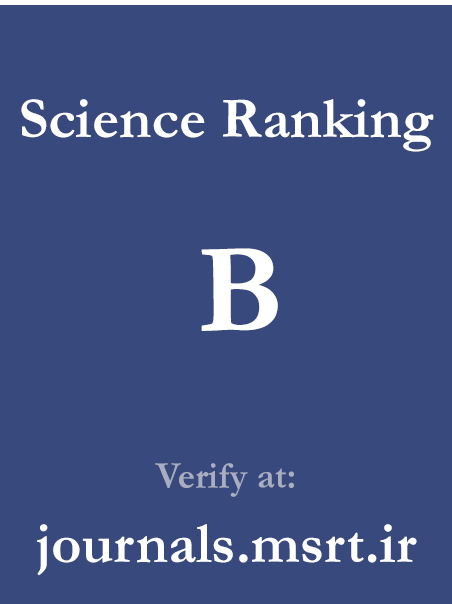Developing a Model for Organizational Maturity Based on Talent Management and Organizational Intelligence in Islamic Azad University, Tehran Province
Keywords:
Tehran Province, Islamic Azad University, Organizational Intelligence, Talent Management, Organizational MaturityAbstract
The primary objective of the present study was to develop a model for organizational maturity based on talent management and organizational intelligence in Islamic Azad University, Tehran Province. This study follows a mixed-methods (quantitative-qualitative) approach based on its purpose. The qualitative section of the study included experts and specialists in educational management, as well as full-time and adjunct faculty members of Islamic Azad University, totaling approximately 130 individuals. The sample size in the first phase continued until theoretical saturation was reached, which was achieved with approximately 18 participants, using a non-probability snowball sampling method. The quantitative section of the study also involved experts and specialists in educational management, as well as full-time and adjunct faculty members of Islamic Azad University, with a total population of approximately 130 individuals. The sample size for the second phase, determined based on Morgan’s table, was 97, and a stratified random sampling method was employed. The data collection instruments were as follows: in the first phase, semi-structured interviews were conducted to gather qualitative data. In the second phase, a researcher-developed questionnaire was utilized. For qualitative data analysis, the grounded theory method was employed, emphasizing steps of data analysis, including open, axial, and selective coding, along with developing a logical design or a visual representation of the generated theory, which was applied in this research. In the quantitative phase, the one-sample t-test was used to validate the proposed model. According to the findings of this study, the selective code (core category) included the dimensions and components of organizational maturity in Islamic Azad University, with the axial codes (subcategories) being organizational openness and transparency, mutual trust, inclusion and engagement, internal and external feedback, development and empowerment, and a low-layered organizational structure. The selective code also encompassed the dimensions and components of organizational maturity based on organizational intelligence in Islamic Azad University, with the axial codes including strategic vision, shared destiny, willingness to change, courage and boldness, unity and consensus, knowledge application, and performance pressure. Furthermore, the selective code included the dimensions and components of organizational maturity based on talent management in Islamic Azad University, which comprised talent acquisition systems, talent assessment and identification, talent development and training systems, and talent retention and maintenance.







